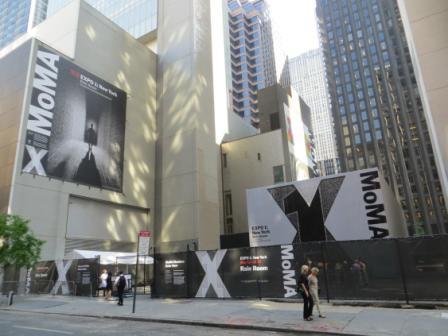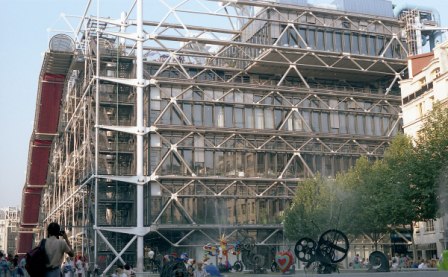November 24
lecture series
training AND sponsorship IN CONTEMPORARY ARTISTS
Support for creators. Decisive for the artistic development of the 20th century.
D. Francisco Javier Zubiaur Carreño
Chair of Navarrese Heritage and Art
The development of 20th century art has not only been due to the work of the artists themselves but to a series of figures who have collaborated with them to make possible the expansion of the new languages and their acceptance by the public: patrons, gallery owners, writers, philosophers, theorists and historians who have made use of commercial channels, the printed word, and the Internet, later in the century, to affirm the artists in their profession. In this process, the avant-garde movements, first around Paris, after World War II, New York, and since the 1980s, Berlin, have been the articulators of this affirmation, with the collaboration of the Vkhutemas (Moscow) and Bauhaus (Weimar, Dessau) polytechnic schools in terms of training new artists in experimental art (constructivism and functionalism). Museums (of Modern Art in New York, Pompidou in Paris...), international competitions (Venice Biennale, Dokumenta in Kassel...), international exhibitions, artists' pensions, exchanges and residencies have finally given a boost to the art of the last century.

MOMA. New York

Pompidou Center. Paris
In his speech, the lecturer explained the role of intellectuals in the development of the avant-garde and the origin and meaning of the new expressions (post-impressionism, fovism, orphism, cubism, futurism, constructivism, neoplasticism, dadaism, surrealism and metaphysical painting, with a special allusion to Kandinsky as the introducer of abstract art).
He emphasized the special contribution to the artistic deployment of the 20th century of the gallery owners and art dealers Durand-Ruel, Vollard, Dalmau, Kahnweiler, Stieglitz, and Castelli, among others; of the important role of the State in the United States, in the Rooswelt era, in the promotion of national artists; the indirect support of collectors, among whom he stopped to consider the names of the Guggenheim and Stein families, with a specific reference letter to Gertrude Stein, not only as a collector but also as a promoter of modern art in the meetings at her home in Paris, which acted as a salon where she encouraged the meeting of writers with painters of the international scene. She also commented on the main Spanish collections (March, Botín, Zóbel, Huarte, Azcona and Lacruz).
Finally, he stopped to consider the role of theorists such as Bell, Fry and Malraux, as to the way in which modern art works should be interpreted, not from agreement to the traditional canons, but in terms of their exclusive language, their own formal and sensorial qualities.
